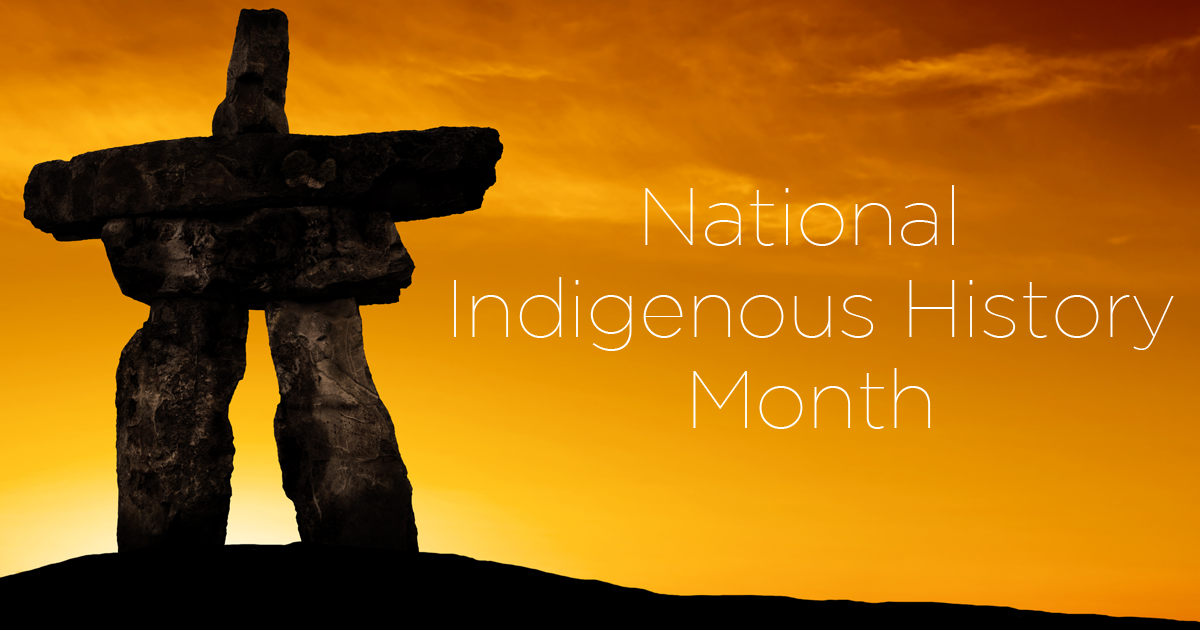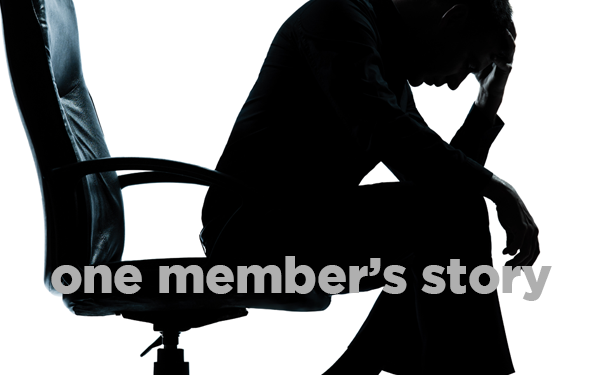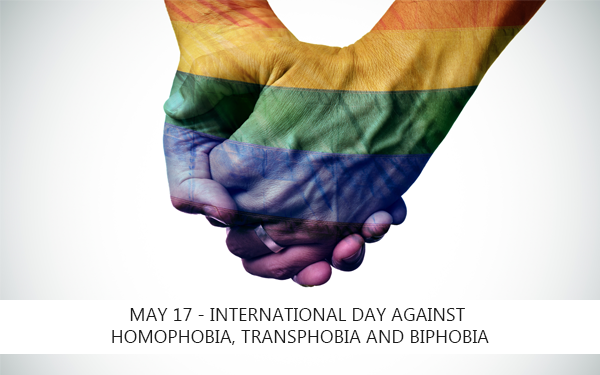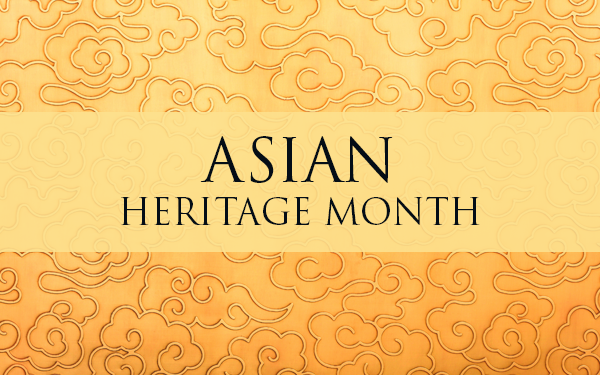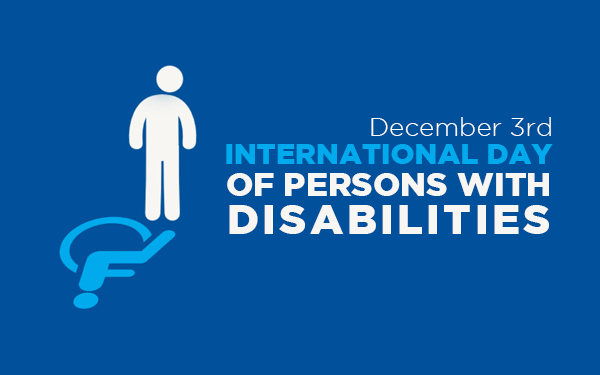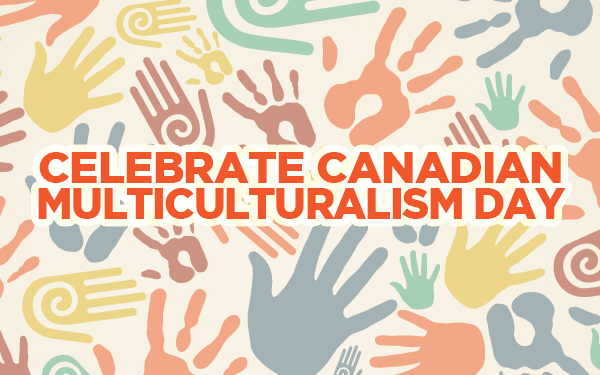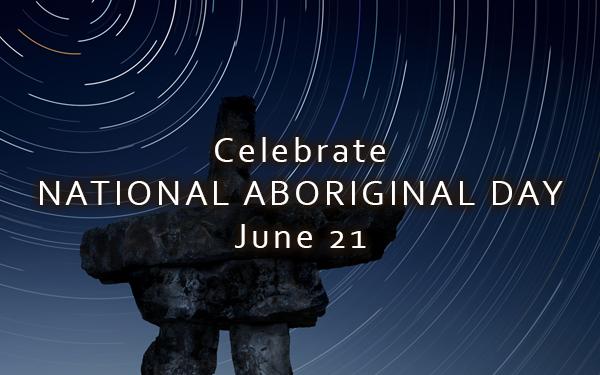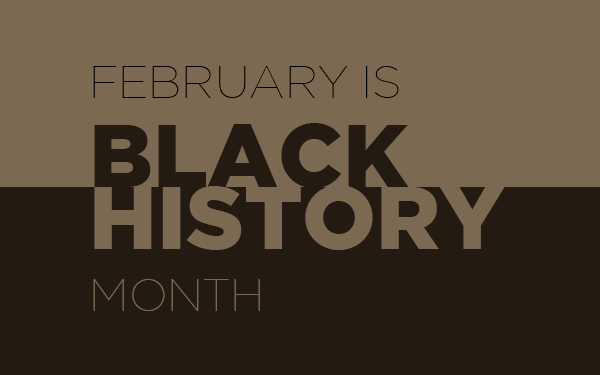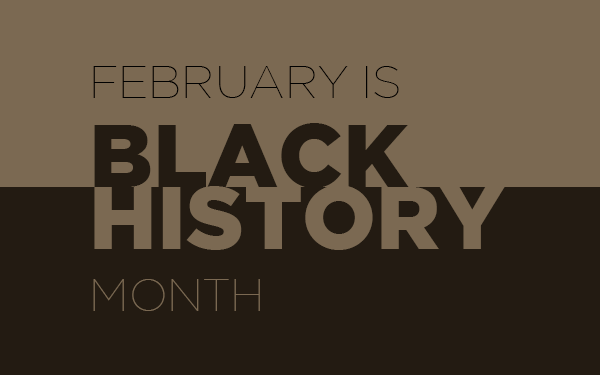
By Prabir Roy
The International Day of Persons with Disabilities (IDPD), observed annually on December 3, is a powerful reminder to celebrate the achievements and contributions of persons with disabilities. Proclaimed by the United Nations General Assembly in 1992, this day also highlights the persistent challenges they face. The 2024 theme, “Amplifying the Leadership of Persons with Disabilities for an Inclusive and Sustainable Future,” emphasizes a profound truth: persons with disabilities are not merely participants in the fight for inclusivity—they are its leaders. Their lived experiences, insights, and determination are essential for shaping workplaces, communities, and systems that serve everyone equitably.
Union Activism is Catalyst for Change. As a union leader and activist, I see every day how systemic barriers hold back persons with disabilities in Canadian workplaces. Despite legislative protections such as the Accessible Canada Act, many workers still struggle to access equal opportunities and equitable treatment. Unions are uniquely positioned to challenge these inequities and fight for a future where disability inclusion is embedded in every aspect of the workplace.
Unions play a critical role in dismantling these barriers. Union activism is about more than advocating for accessibility—it’s about demanding systemic change, fostering equity, and creating workplaces that offer meaningful opportunities for leadership and growth for persons with disabilities. Together, we stand in solidarity to challenge exclusion and build a culture of inclusion and justice.
Breaking Down Barriers in Canada. While Canada has made strides in promoting accessibility, significant gaps remain: (i) The employment rate for persons with disabilities lags behind national averages; (ii) Many workplaces are not fully accessible, perpetuating exclusion; (iii) Leadership roles in both public and private sectors rarely include persons with disabilities, depriving organizations of diverse perspectives and innovative ideas. These challenges persist not because of a lack of solutions but because of a lack of will to implement them. This must change.
Helen Keller, a pioneering disability rights activist, once said:
“Alone we can do so little; together we can do so much.”
Her words resonate deeply with the union movement, emphasizing the power of collective action to create meaningful change. Similarly, Swami Vivekananda, an Indian philosopher, reminds us of the strength within:
“All power is within you; you can do anything and everything. Believe in that, do not believe that you are weak.”
These quotes inspire us to recognize the resilience and potential of persons with disabilities while uniting as allies to champion their leadership and rights.
To me the leadership is not just about holding positions of authority—it’s about influencing change and shaping policies that reflect the lived experiences of those they impact. To achieve this vision, we need to: (i) Empower Leadership by Support persons with disabilities in leadership roles within unions, workplaces, and communities to ensure their perspectives shape the future; (ii) Demand Accountability by advocating for policies and practices that go beyond compliance, focusing instead on equity, dignity, and meaningful participation; and (iii) Foster Collaboration by working together—unions, employers, policymakers, and communities—to address systemic barriers and create truly inclusive spaces.
As we mark IDPD 2024, I urge union members, allies, and all Canadians to reflect on their role in creating a truly inclusive society. Let us recognize the leadership potential of persons with disabilities, celebrate their contributions, and work collectively to dismantle systemic barriers.
Unions have always been about collective power and justice. This IDPD, let us renew our commitment to a future where every individual—regardless of ability—can lead, contribute, and thrive. Together, we can build a Canada that values every voice, embraces inclusivity, and leaves no one behind.
Prabir Roy is the UNE National Equity Representative for Persons with Disabilities.

